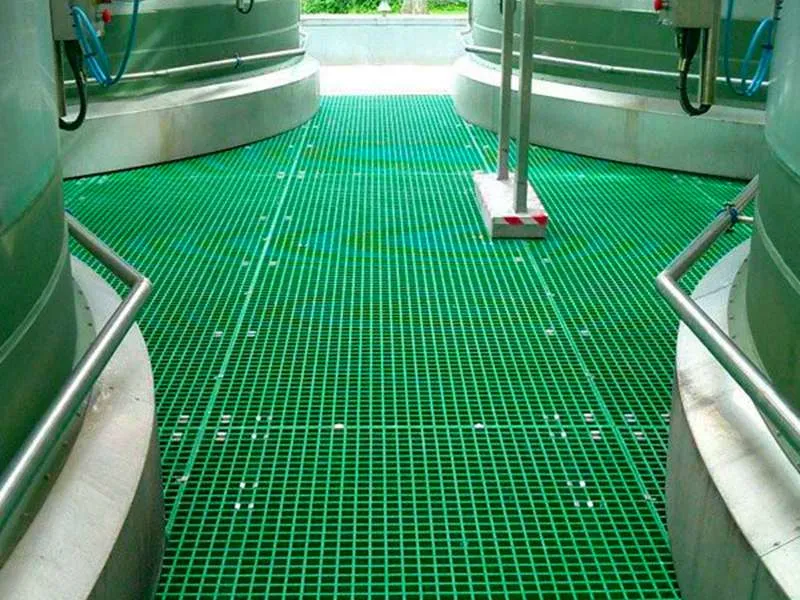
-
 Afrikaans
Afrikaans -
 Albanian
Albanian -
 Amharic
Amharic -
 Arabic
Arabic -
 Armenian
Armenian -
 Azerbaijani
Azerbaijani -
 Basque
Basque -
 Belarusian
Belarusian -
 Bengali
Bengali -
 Bosnian
Bosnian -
 Bulgarian
Bulgarian -
 Catalan
Catalan -
 Cebuano
Cebuano -
 China
China -
 China (Taiwan)
China (Taiwan) -
 Corsican
Corsican -
 Croatian
Croatian -
 Czech
Czech -
 Danish
Danish -
 Dutch
Dutch -
 English
English -
 Esperanto
Esperanto -
 Estonian
Estonian -
 Finnish
Finnish -
 French
French -
 Frisian
Frisian -
 Galician
Galician -
 Georgian
Georgian -
 German
German -
 Greek
Greek -
 Gujarati
Gujarati -
 Haitian Creole
Haitian Creole -
 hausa
hausa -
 hawaiian
hawaiian -
 Hebrew
Hebrew -
 Hindi
Hindi -
 Miao
Miao -
 Hungarian
Hungarian -
 Icelandic
Icelandic -
 igbo
igbo -
 Indonesian
Indonesian -
 irish
irish -
 Italian
Italian -
 Japanese
Japanese -
 Javanese
Javanese -
 Kannada
Kannada -
 kazakh
kazakh -
 Khmer
Khmer -
 Rwandese
Rwandese -
 Korean
Korean -
 Kurdish
Kurdish -
 Kyrgyz
Kyrgyz -
 Lao
Lao -
 Latin
Latin -
 Latvian
Latvian -
 Lithuanian
Lithuanian -
 Luxembourgish
Luxembourgish -
 Macedonian
Macedonian -
 Malgashi
Malgashi -
 Malay
Malay -
 Malayalam
Malayalam -
 Maltese
Maltese -
 Maori
Maori -
 Marathi
Marathi -
 Mongolian
Mongolian -
 Myanmar
Myanmar -
 Nepali
Nepali -
 Norwegian
Norwegian -
 Norwegian
Norwegian -
 Occitan
Occitan -
 Pashto
Pashto -
 Persian
Persian -
 Polish
Polish -
 Portuguese
Portuguese -
 Punjabi
Punjabi -
 Romanian
Romanian -
 Russian
Russian -
 Samoan
Samoan -
 Scottish Gaelic
Scottish Gaelic -
 Serbian
Serbian -
 Sesotho
Sesotho -
 Shona
Shona -
 Sindhi
Sindhi -
 Sinhala
Sinhala -
 Slovak
Slovak -
 Slovenian
Slovenian -
 Somali
Somali -
 Spanish
Spanish -
 Sundanese
Sundanese -
 Swahili
Swahili -
 Swedish
Swedish -
 Tagalog
Tagalog -
 Tajik
Tajik -
 Tamil
Tamil -
 Tatar
Tatar -
 Telugu
Telugu -
 Thai
Thai -
 Turkish
Turkish -
 Turkmen
Turkmen -
 Ukrainian
Ukrainian -
 Urdu
Urdu -
 Uighur
Uighur -
 Uzbek
Uzbek -
 Vietnamese
Vietnamese -
 Welsh
Welsh -
 Bantu
Bantu -
 Yiddish
Yiddish -
 Yoruba
Yoruba -
 Zulu
Zulu
Exploring Different Types of FRP Fittings for Optimal Applications and Performance
Understanding FRP Fittings An Essential Component in Modern Construction
Fiber Reinforced Polymer (FRP) fittings have revolutionized the way we approach construction and engineering projects. Due to their superior strength, lightweight characteristics, and resistance to environmental degradation, FRP fittings have become increasingly popular across various industries, including construction, automotive, aerospace, and marine applications. This article delves into the importance of FRP fittings, their types, advantages, and applications.
What are FRP Fittings?
FRP fittings are components made from a composite material that combines a polymer matrix with fibers—most commonly glass, carbon, or aramid. The addition of these fibers provides enhanced mechanical properties compared to traditional materials like steel or wood. FRP fittings can take many forms, including pipes, connectors, brackets, and conduits, and are engineered to serve specific functions in a system.
Types of FRP Fittings
1. Pipes and Tubes These are often used in industrial applications for transporting fluids and gases. Their corrosion resistance makes them ideal for chemical processing and wastewater management. 2. Flanges and Connectors Essential for joining sections of piping or connecting to other systems, FRP flanges offer robustness and resistance to environmental stressors.
3. Structural Supports These include beams, rods, and brackets designed to support structures. Their low weight and high strength-to-weight ratio allow for innovative designs in buildings and bridges.
4. Custom Fittings Many manufacturers offer customized FRP fittings to meet specific project requirements, enhancing flexibility in design and application.
Advantages of FRP Fittings
1. Corrosion Resistance One of the standout features of FRP materials is their resistance to corrosion, particularly in harsh environments where traditional materials would fail. This quality extends the lifespan of components and reduces maintenance costs.
frp fitting

2. Lightweight Nature FRP fittings are significantly lighter than steel or even aluminum, allowing for easier transportation and installation. This characteristic can lead to lower labor costs and quicker project timelines.
3. Durability and Strength FRP materials offer exceptional strength, often matching or exceeding that of traditional materials while maintaining a lower weight. This property makes FRP fittings suitable for high-stress applications.
4. Thermal and Electrical Insulation Unlike metals, FRP fittings do not conduct electricity and provide excellent thermal resistance, making them suitable for various electrical and construction applications.
5. Design Flexibility The ability to mold FRP fittings into complex shapes allows for innovative design solutions that would be challenging with traditional materials.
Applications of FRP Fittings
The applications of FRP fittings span numerous sectors. In the construction industry, they are used for structural components in buildings, bridges, and industrial facilities. Their lightweight and high strength allow architects and engineers to pursue more ambitious designs without compromising safety.
In the chemical and wastewater treatment industries, FRP fittings are favored for piping systems due to their resistance to corrosive substances. This application not only minimizes failures but also ensures the health and safety of the environment.
Additionally, the aerospace and automotive industries utilize FRP fittings to reduce weight and improve fuel efficiency. Components made from FRP provide structural integrity without the added heft of traditional materials.
Conclusion
FRP fittings represent a significant advancement in engineering materials, offering solutions that meet the demands of modern construction and industrial applications. With their impressive durability, strength, and versatility, FRP fittings are poised to take a leading role in future projects. As industries continue to prioritize sustainability, cost-effectiveness, and innovative design, the adoption of FRP fittings will likely expand, solidifying their place in the construction landscape. Embracing this technology not only enhances infrastructure capabilities but also paves the way for a greener and more efficient future.









